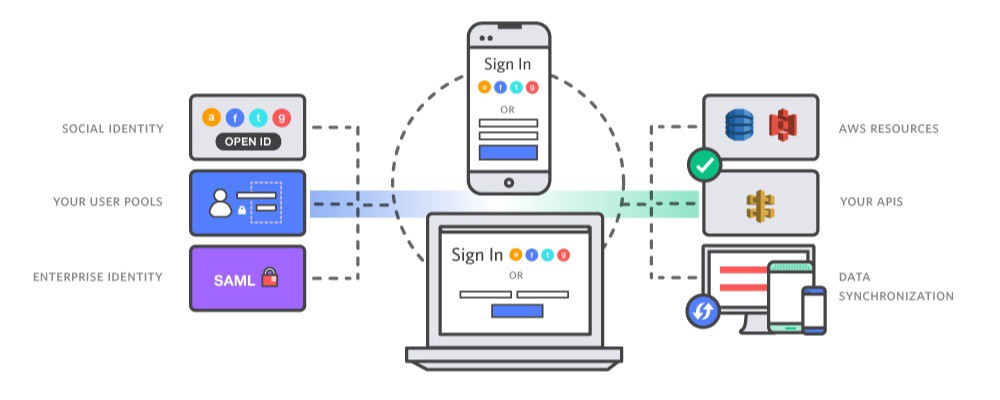April 22, 2019 / Nirav Shah
These Days every other App/Website provides an option to create an account and log-in into the same to get personalized offers/services based on their previous consumption of services and other activities.
As much as this feature sounds good and is applied widely, it is almost a headache to setup the backend functionalities and infrastructure to make it work flawlessly for the end user. Security is also a major concern.
The base requirements start at :-
Now, to fulfill these requirements, previously either Developers used to manually code these functionalities in their apps/websites and manage these Databases or used stock written code provided by some providers like :-
These were the only best alternatives that Developers had, the first one gave the Developer total control over every tiny feature that he can provide but increased the time it would take the Developer to bring his/her idea in Action and the latter ones’ already had this initial work done for you but would not allow any customization or fundamental changes in their code or charge hefty price for custom requirements.
And then, on 10 July, 2014 AWS officially announced and launched Amazon Cognito

a Service that focused on all the above requirements with no work pressure on the Developer and the least configuration required to setup all requirements.
Some highlighted features :-
In the end, AWS Cognito takes care of all the user management related requirements so that the developer can focus on creating great app/website experiences instead of having to worry about building and managing a backend solution to handle identity management, network state, storage, and sync.
The TWO main components of Amazon Cognito are :-
You can both use identity pools and user pools separately or together.
User Pools :-
Identity Pools :-
Conclusion
The whole idea behind cognito service is to showcase how simple it is to set up our own authentication flows for our Applications. There are many options that can be and need to be done but were not discussed due to the depth of the options like :- adding MFA authentication, adding functionality of remembering logins between devices, etc.
We encourage the readers to try cognito service as it really shifts the burden from the developers shoulders to AWS Infrastructure.

As a Director of Eternal Web Private Ltd an AWS consulting partner company, Nirav is responsible for its operations. AWS, cloud-computing and digital transformation are some of his favorite topics to talk about. His key focus is to help enterprises adopt technology, to solve their business problem with the right cloud solutions.
Have queries about your project idea or concept? Please drop in your project details to discuss with our AWS Global Cloud Infrastructure service specialists and consultants.